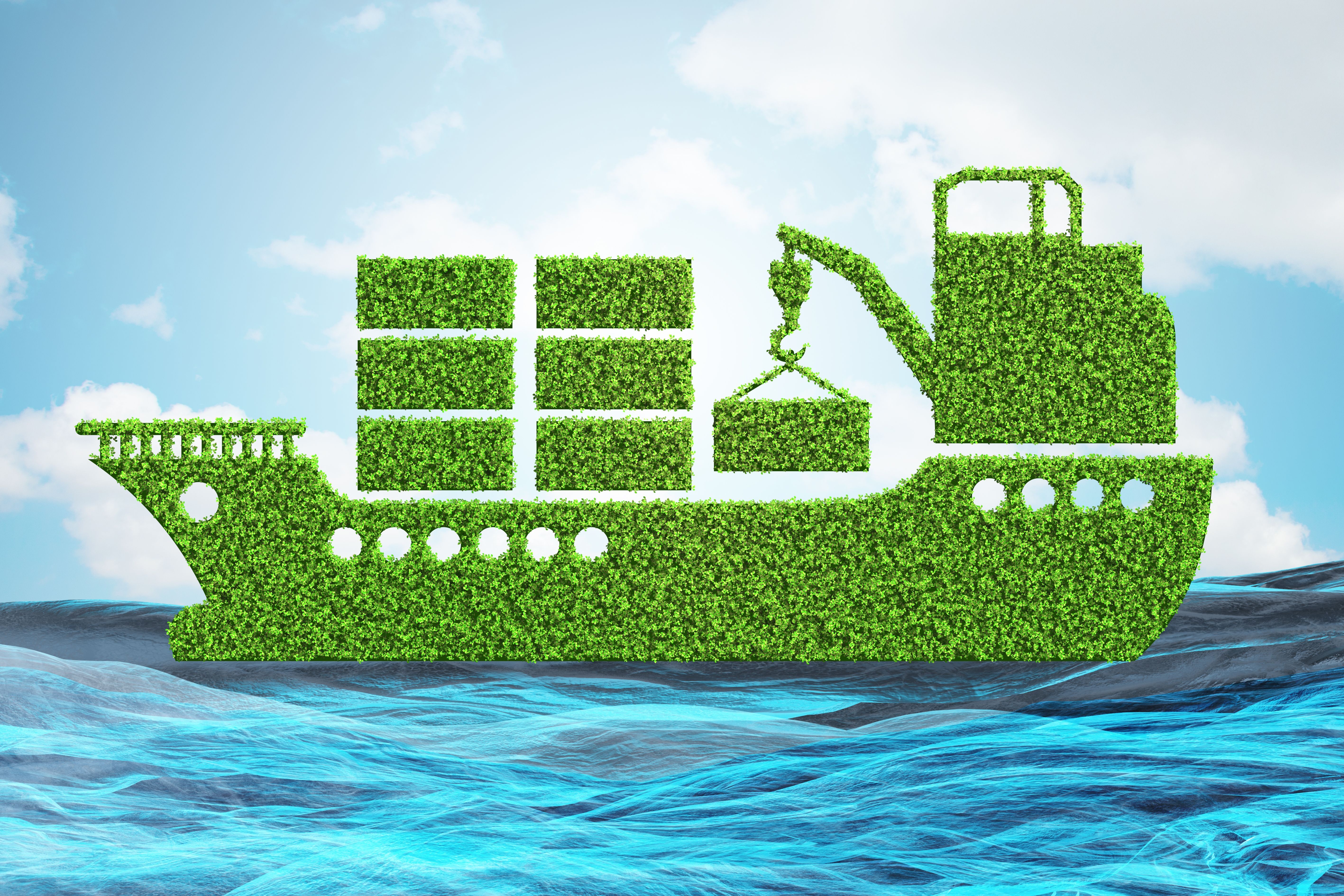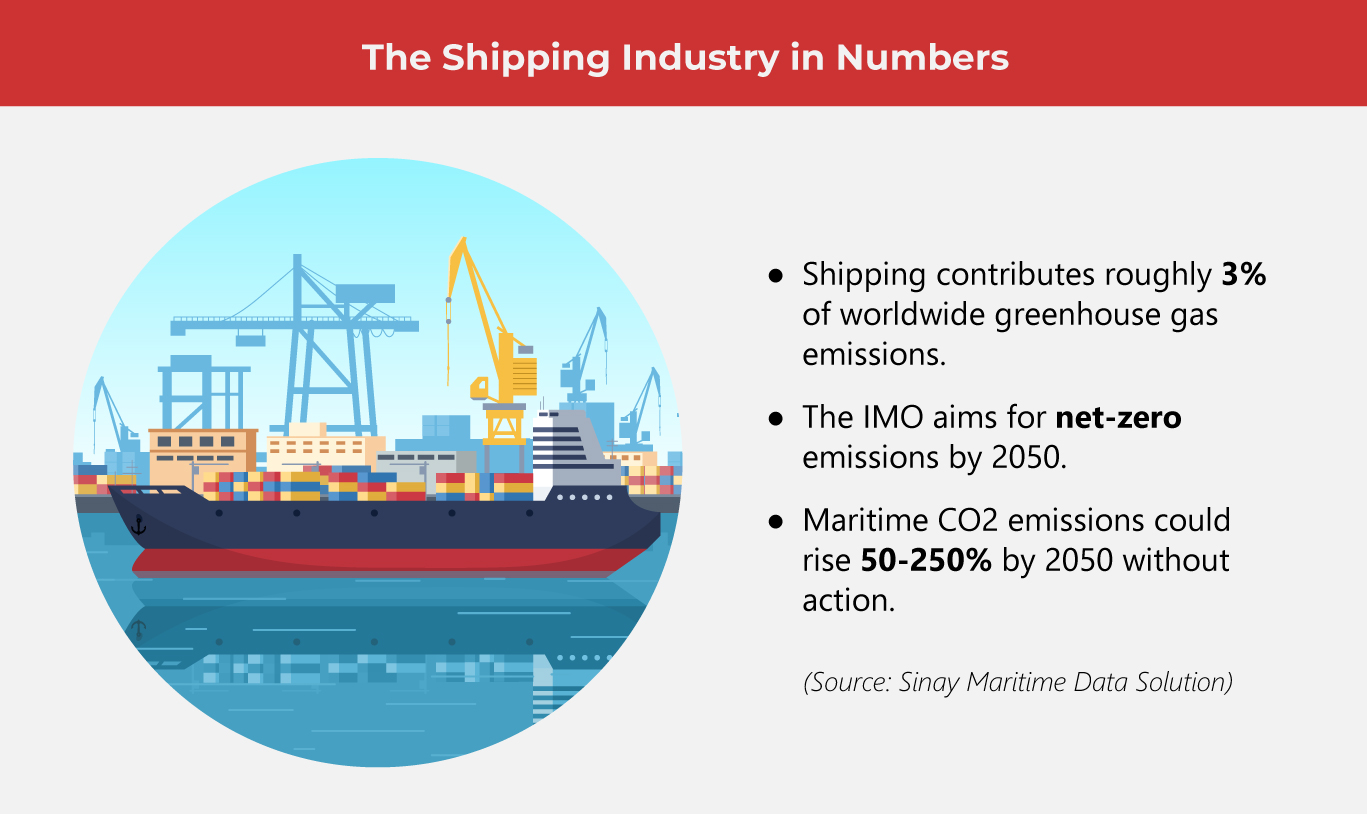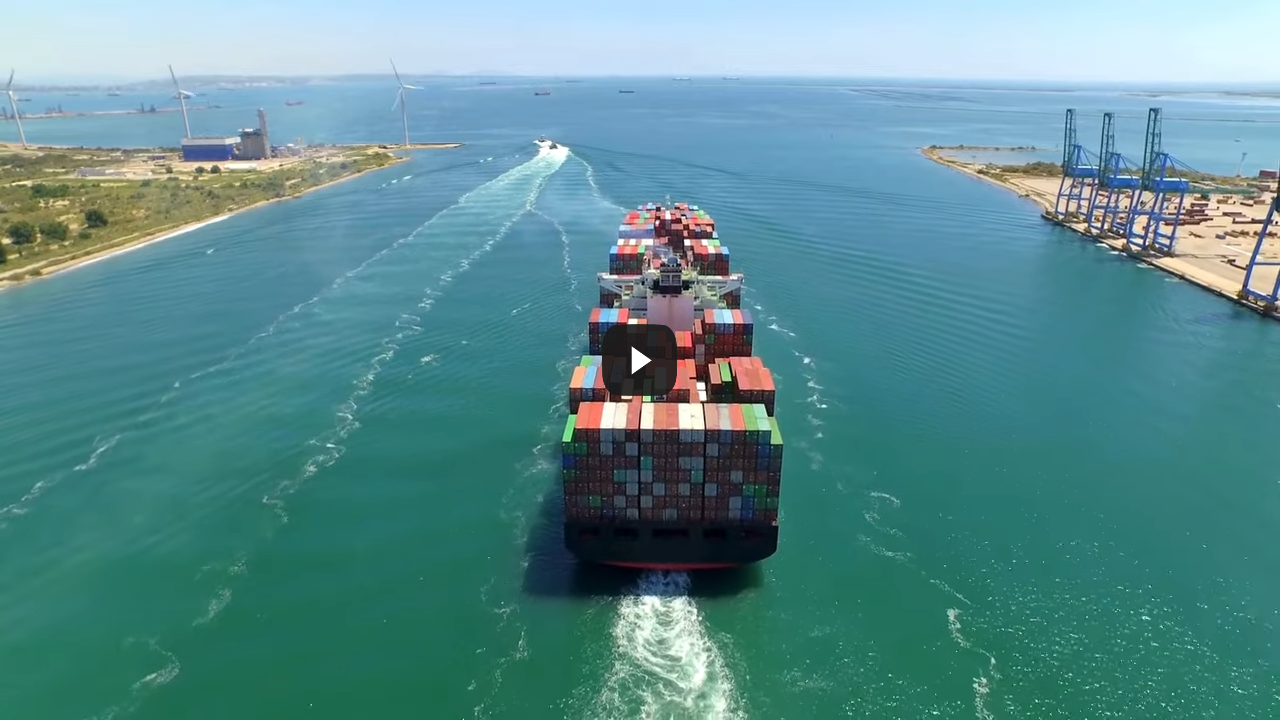Why Shipping Industry Needs to Shape Up

Key sectors, including global manufacturing, aerospace, and the automotive market, are adapting to international directives on carbon reduction, and shipping is no exception. Insiders call for changes, while organizations propose strategies to meet targets. The question remains: will maritime players rise to the challenge?
The global international shipping sector has long faced scrutiny for its slow response to addressing the heavy carbon emissions generated by the fuels powering cargo ships that transport everyday essentials. Recently, the International Maritime Organization (IMO), responsible for overseeing global shipping regulations, has begun pressing companies to intensify their efforts to curb pollution.
IMO is pushing for transformative strategies to address climate change. While numerous companies strive to reduce greenhouse gas emissions, achieving the organization’s ambitious target of a 30% reduction by 2030 demands swift and comprehensive action.
Future-ready solutions include leveraging the renewable energy market, using satellite technology to optimize shipping routes based on weather, and minimizing fuel consumption. Additionally, regular hull maintenance to decrease water resistance and adopting slow steaming—lowering vessel speeds to cut fuel usage—are essential measures to meet these critical goals.
Focusing on fuel
Shipping powers global trade, transporting goods worldwide. However, it’s a major carbon emitter, rivaling aviation's environmental impact. With most emissions occurring in international waters, coordinated global and regional actions are essential to reduce the industry's carbon footprint.
Shipping relies heavily on fossil fuels like marine gas oil and heavy fuel oil, which release carbon dioxide (CO₂), methane, and nitrous oxide, driving climate change. Ships also emit sulfur oxides, which, while not a climate threat, pose serious risks to health and the environment.
Container ships emit about 140 million metric tons of CO₂ annually, while bulk carriers contribute 440 million metric tons. Decarbonizing the industry will require a major shift in shipping fuels.
Cleaner fuels like hydrogen, ammonia, and biofuels are already available, with more development. However, they are costly, not widely accessible, and only environmentally friendly when produced sustainably. For example, green hydrogen is made from water and clean energy through electrolysis, but most hydrogen today is produced from natural gas, emitting CO₂
How the shipping industry can lower greenhouse gas (GHG) emissions
To improve operational efficiency and reach its net-zero emission goal in 2050, the IMO set forth these strategies:
-
Renewable energy (RE)
The design and engineering of ocean vessels can integrate RE, such as wind power from sails to help propulsion. Solar panels can also be installed to produce green electricity. Transitioning from traditional marine fuels to cleaner alternatives reduces pollutants and greenhouse gasses. Energy storage systems can be used for shorter sea trips. Additionally, hydrogen fuel cells offer a sustainable option for electric propulsion, making the maritime industry more eco-friendly.
-
Energy-efficient designs
To improve energy efficiency in shipping, particularly the vessel’s product design and development, companies should focus on optimizing vessel structures and using specialized coatings to reduce friction. Upgrading to more efficient engine types is also key. The Ship Energy Efficiency Management Plan (SEEMP) monitors factors including route planning, engine performance, and fuel usage. The IMO’s Energy Efficiency Design Index (EEDI), introduced in 2011, sets binding standards for new ships, reducing CO₂ emissions and addressing climate change.
-
Slow steaming
Slow steaming, a critical approach in maritime logistics supporting industrial manufacturing, reduces ship speed to save fuel and cut emissions. A 10% speed reduction lowers CO₂ emissions by 27%, with an overall savings of 19% when factoring in additional ships. It also decreases nitrogen oxides and particulate emissions, offering cost-effective benefits. Initially used during economic downturns to manage overcapacity, slow steaming remains a valuable strategy for promoting energy efficiency and sustainability in global supply chain management.
-
Tech advancements
Leveraging technology can greatly improve sustainability in the shipping industry. Advanced route optimization software reduces fuel consumption by mapping efficient paths based on weather and ocean conditions. AI-powered systems track fuel use and emissions in real time, allowing for precise adjustments to boost efficiency. Alternative energy technologies, such as hydrogen fuel cells and solar panels, decrease dependence on fossil fuels. Automated maintenance tools, like hull-cleaning robots, also reduce friction and boost fuel economy, making shipping greener and more efficient.
-
Shore power
Providing shore power at ports allows ships to shut down their engines while docked, significantly reducing emissions and improving air quality in port areas. This technology enables vessels to draw electricity directly from the grid, eliminating the need to burn fuel for onboard power. Shore power supports cleaner energy use when ports are supplied by renewable sources. Cutting harmful emissions not only benefits the environment but also enhances public health in coastal communities.
-
Policy initiatives
To promote eco-friendly practices, governments can introduce policies that encourage carbon offset projects and support companies transitioning to cleaner technologies. Financial incentives like subsidies or tax breaks could help businesses adopt low-carbon solutions. Additionally, carbon pricing can drive emissions reductions. Since January 2024, the EU Emissions Trading System (ETS) now includes CO₂ emissions from large ships entering EU ports. The system applies to emissions from international and intra-EU voyages, with stricter regulations planned for 2026 to accelerate emission reductions.
-
Regulation enforcement
The IMO has introduced programs such as the Carbon Intensity Indicator (CII) to improve vessel efficiency and reduce emissions. Additionally, Emission Control Areas (ECAs) impose stricter emissions standards, encouraging cleaner technologies. From 2023, large ships entering European ports must pay taxes on their CO₂ emissions, with methane and nitrous oxide taxes set for 2026. Some industry leaders advocate for a global carbon tax to simplify regulations and reduce multiple tax burdens across jurisdictions.
Conclusion
The maritime industry must continue to adapt and innovate in response to growing environmental pressures. By leveraging cleaner technologies, adopting energy-efficient practices, and supporting regulatory frameworks, the sector can significantly reduce its carbon footprint. The path to sustainability requires a concerted effort from all stakeholders, but with continued collaboration and investment, the shipping industry can meet its ambitious climate targets and contribute to a greener, more sustainable future. As one of the Top 20 EMS companies in the world, IMI has over 40 years of experience in providing electronics manufacturing and technology solutions.
As one of the Top 20 EMS companies in the world, IMI has over 40 years of experience in providing electronics manufacturing and technology solutions.
We are ready to support your business on a global scale.
Our proven technical expertise, worldwide reach, and vast experience in high-growth and emerging markets make us the ideal global manufacturing solutions partner.
Let's work together to build our future today.
Other Blog



